Thanks!
Tom
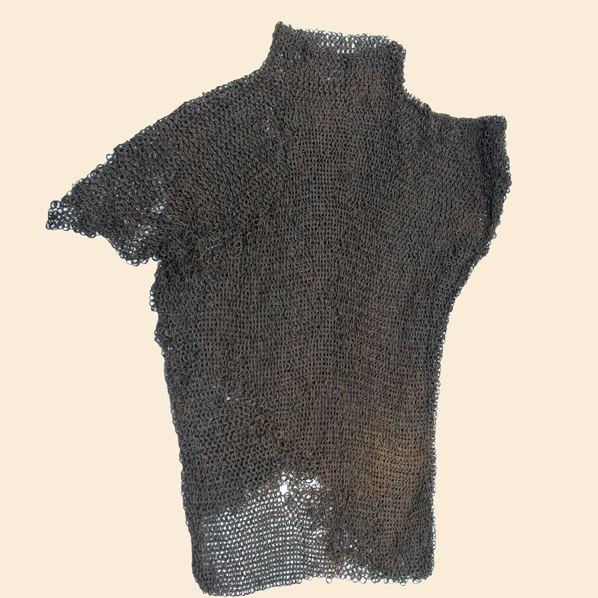
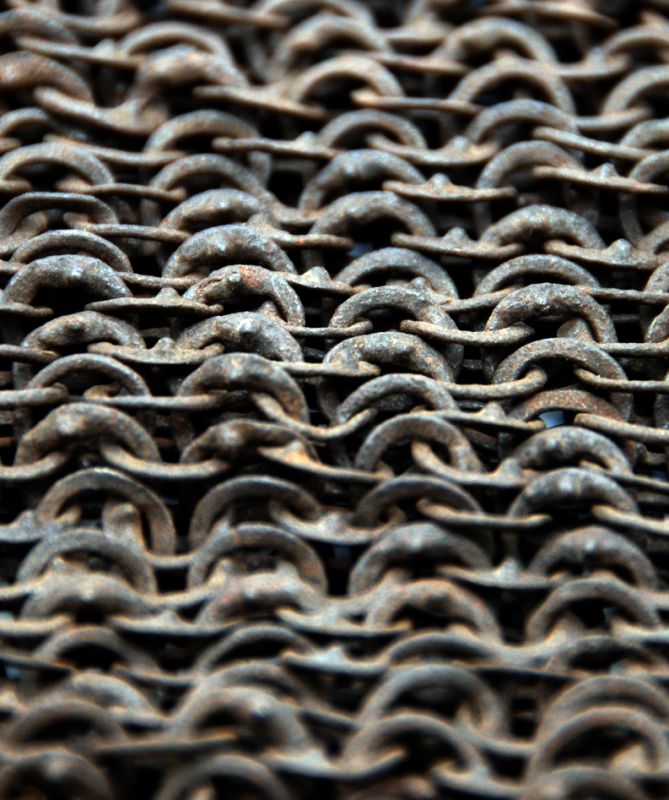
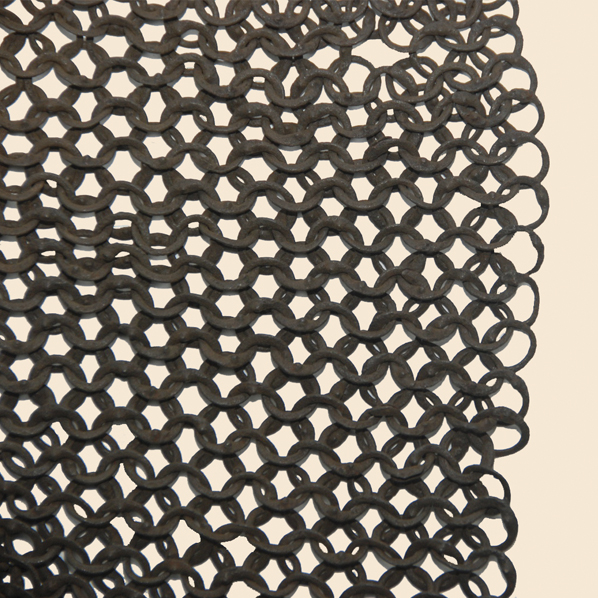
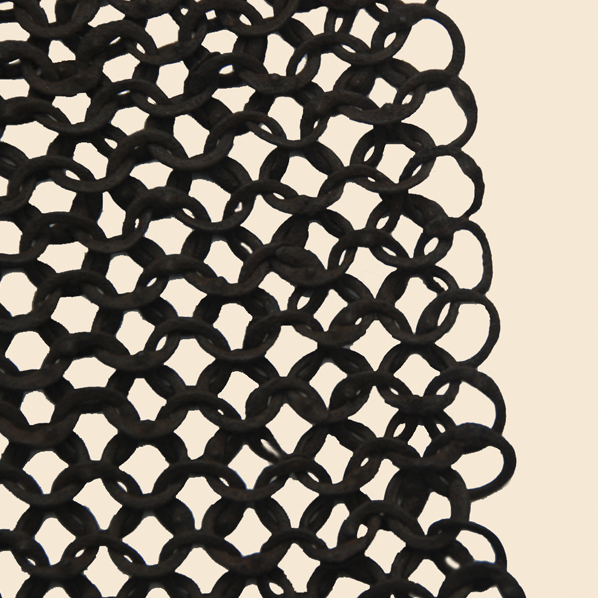
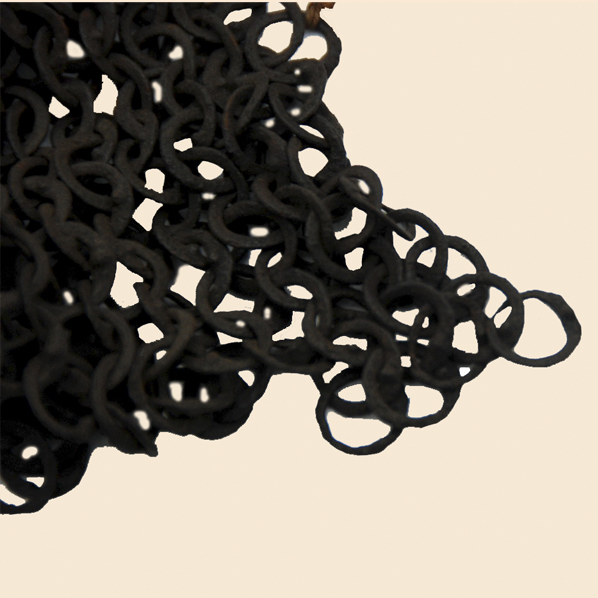





| Frank Anthony Cannarella wrote: |
| The 'turtle-neck' collar is interesting, and I bet someone with more knowledge than me will have a better time with identifying the local, but I'd guess 18th ce Indian.
p.s. This is just a guess though based on my limited knowledge on the subject. I'm curious what others have to say on the subject. |
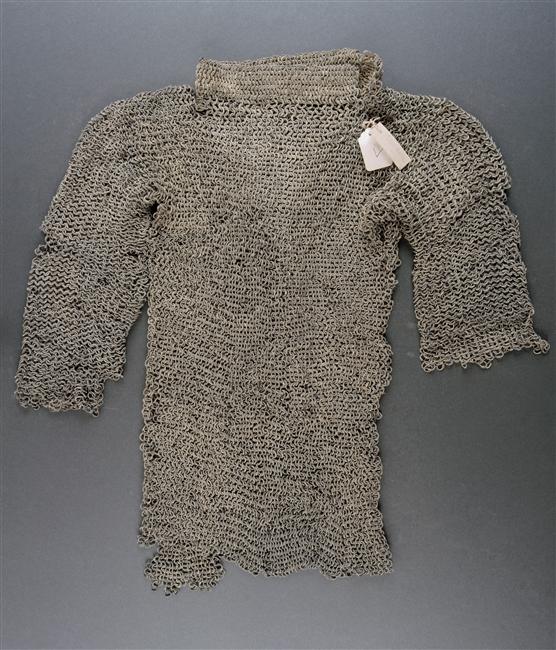
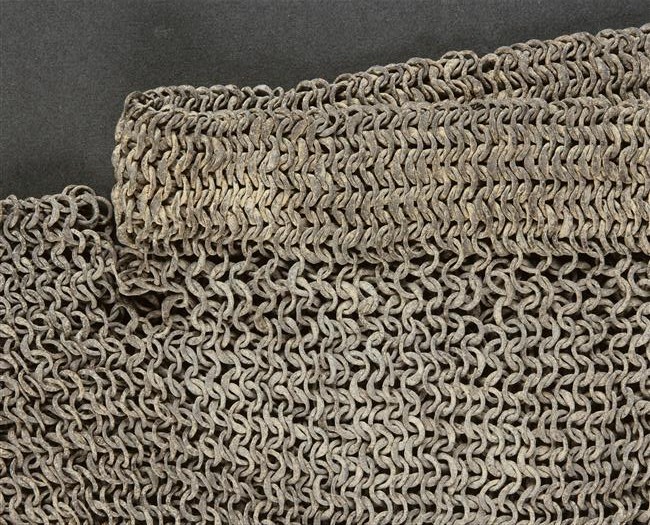
| Tom Wolfe wrote: |
| Hi fellow enthusiasts- my quest for some genuine mediaeval mail continues, and I have found this example for sale from a dealer in Europe. |
| Quote: |
| Description:European Mail of 13-16th Century. Each ring is forged and has rivet. In contrast to the Turkish and Persian chain mail - this is shorter and has a form of "sports shirt " and not "shirt", without the fastenings on the front of. |
| Eric S wrote: | ||
|
| Frank Anthony Cannarella wrote: |
| It's not wedge riveted, nor is it alternating rows of rivet/solid (not that a shirt in this good of condition would be old enough for that). The overlap has a good looking 'snake's head' appearance, so probably not a distressed modern facsimile. The ring diameter looks a bit large, almost like my modern one from icefalcon, but not outside the realm of possibility. The 'turtle-neck' collar is interesting, and I bet someone with more knowledge than me will have a better time with identifying the local, but I'd guess 18th ce Indian.
p.s. This is just a guess though based on my limited knowledge on the subject. I'm curious what others have to say on the subject. |
| Mart Shearer wrote: | ||
Thom Richardson's thesis shows mail shirts with integral collars first appearing in 1344, and there are some indications that collars made for adding to existing shirts were also manufactured. Compare this French example, Musée des Beaux-Arts INV1794-1-516. http://www.photo.rmn.fr/C.aspx?VP3=SearchResu...6NU03FEN0L |
| Linda Stacy wrote: |
|
I am so surprised to see these costumes. I mean how was it possible for them to wear such a heavy suit while they are fighting. They might be the strongest people in that era. |
| Eric S wrote: | ||||
|
| Eric S wrote: |
|
Thanks everyone for the very helpful comments. I have absolutely no knowledge when it comes to mail. Are there any books that you could recommend to get me started? Please can someone also tell me, what is "wedge" riveting? Thanks! I will email the dealer and see if we can get some more pics of this shirt. |
| Quote: |
| Thom Richardson's thesis shows mail shirts with integral collars first appearing in 1344 |
| Tom Wolfe wrote: | ||
Tom, I suggest that you visit my pinterest site, read the essays, look closely at the pictures, some are high resolution with very good detail, you have to click on the image to find those. Also I am adding a link to a thread on this forum with more information on mail that any book, if you take the time to throughly examine what is currently available online you will be caught up on the terms and constructions methods etc, and you will be much better prepared when you do eventually find a good hauberk. https://www.pinterest.com/worldantiques/european-mail-armor/ http://www.myArmoury.com/talk/viewtopic.php?t=29331 http://www.myArmoury.com/talk/viewtopic.php?t=22224 |
| Tom Wolfe wrote: |
| I have noticed in the past that a lot of riveted maille rings seem to have what I would loosely describe as being a spur on the inside of the ring: am I right in thinking that this is an indication of possible non-European origin? |
| Dan Howard wrote: | ||
It is usually indicative of a Turko-Persian origin. |
| Mark Griffin wrote: | ||
does he give a month or day? |

| Mart Shearer wrote: | ||||
The inventory is dated the 9th of May, though I wouldn't take that as the first date when such things were done. The specific reference is given, clxxiij loricas quarum lxxvj cum coleris de nova factura, iiij(^xx) viij absque coleris de vetera factura, iiij de alta clavatura, iij pro torniamento debilas, j de maille jasserant et j de latone. The iiij(^xx) being written in the typical manner for counting 80 as four groups of 20, as we see in this notation in BNF Français 25526 showing folio 86. http://gallica.bnf.fr/ark:/12148/btv1b6000369q/f177.item |